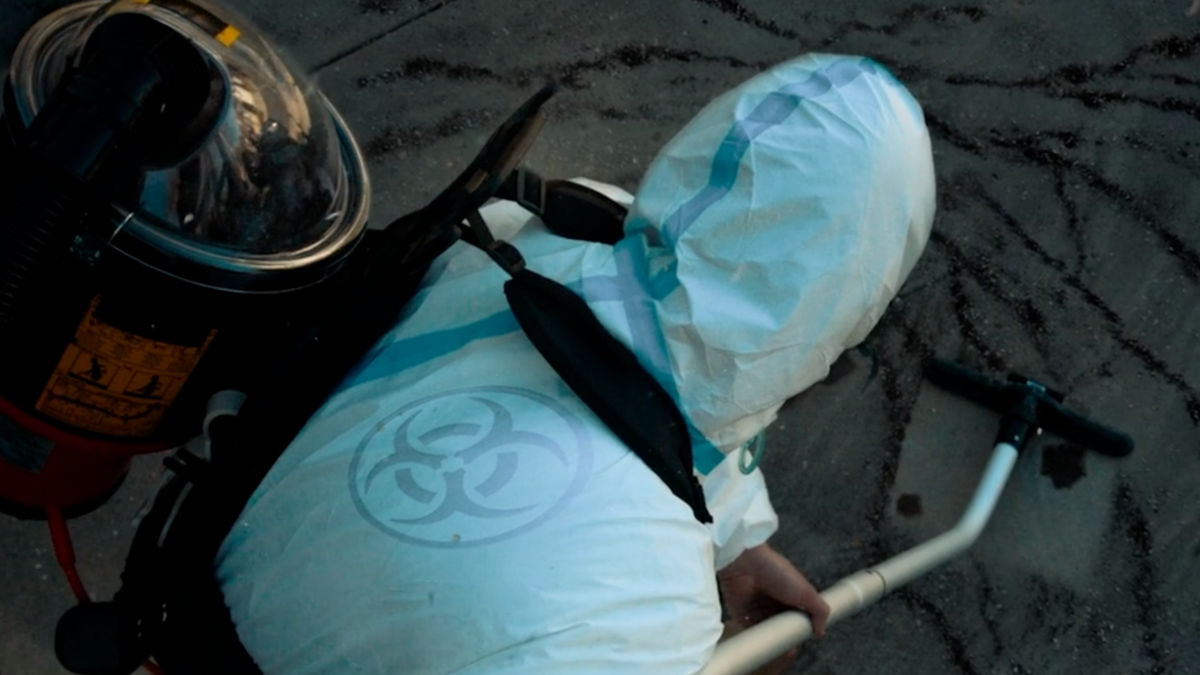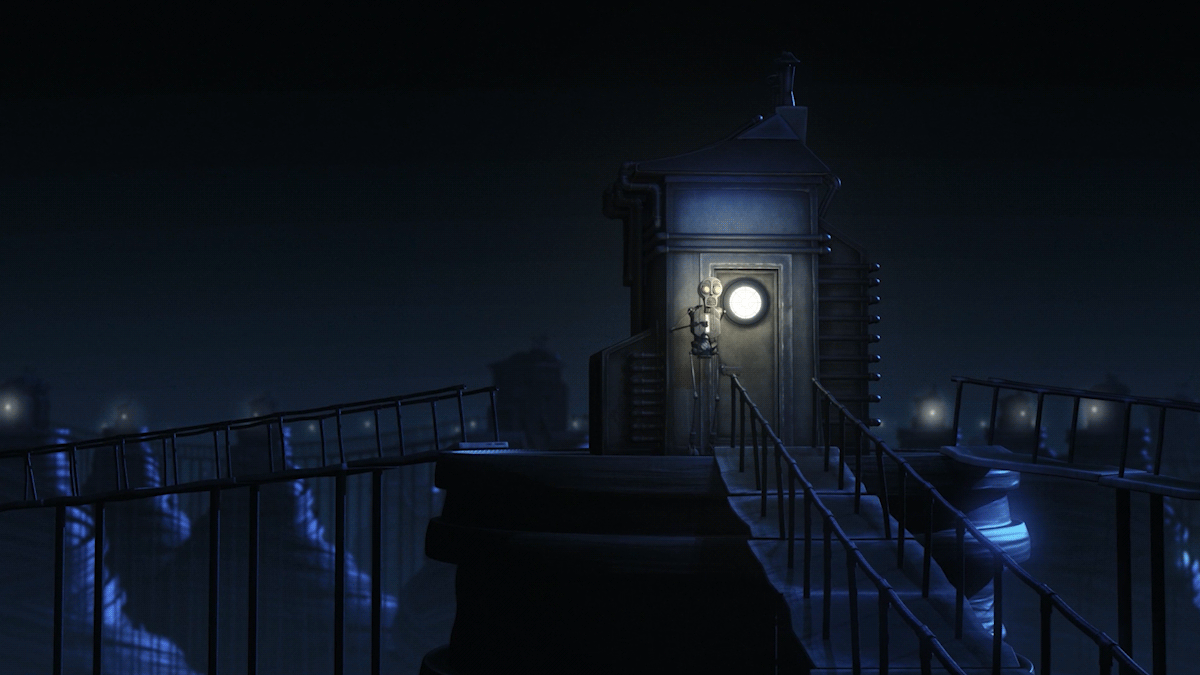An inventive and captivating documentary that profiles award-winning fine art photographer Artem Shestakov as he attempts to photograph the most remote locations on the planet affected by the climate crisis
“The Perfect Shot: Antarctica” takes audiences on a breathtaking journey into the heart of one of the world’s most remote and endangered landscapes. Directed by Quinn Halleck, this captivating documentary follows award-winning fine art photographer Artem Shestakov as he braves the icy wilderness of Antarctica in pursuit of capturing the devastating effects of climate change through his lens. Through stunning cinematography and Artem’s unwavering determination, the film offers a unique perspective on the urgent need for environmental action.
Halleck’s directorial vision amplifies the urgent call for action by showcasing the raw beauty of Antarctica alongside the harsh realities of climate change. With each frame, viewers are transported to a world where retreating ice sheets and vanishing wildlife habitats serve as stark reminders of the consequences of human activity on our planet. “The Perfect Shot: Antarctica” is not only a testament to Artem’s artistry and passion but also a rallying cry for collective responsibility and immediate environmental action. We’ve had the extreme pleasure to talk to photographer Artem Shestakov, who told us much more about his incredible film:

“The Perfect Shot: Antarctica” focuses on the impact of climate change in one of the world’s most remote regions. What inspired you to tell this particular story through the lens of a director like Quinn Halleck?
I chose to work with Quinn Halleck because of his exceptional talent in capturing the essence of a story through his directing skills. His ability to translate complex narratives into visually compelling works was essential in conveying the message of climate change in Antarctica. Quinn’s unique perspective and artistic vision were a perfect fit for this project.

Can you discuss the challenges you faced while filming in the extreme conditions of Antarctica and how those challenges influenced the storytelling and visual aspects of the documentary?
Filming in Antarctica presented numerous challenges, from the extreme cold and unpredictable weather to the logistical difficulties of working in such a remote location. These challenges forced us to adapt our storytelling and visual strategies, making them more resilient to the harsh conditions. This added an authentic and raw quality to the visuals, reinforcing the narrative of our documentary.
The film showcases the pursuit of the “Perfect Shot.” How did you work with Quinn to capture the emotional and environmental significance of the images you were trying to create?
Working closely with Quinn, we aimed to align his directing vision with the emotional and environmental significance we wanted to convey in the images. We discussed the emotional impact we wanted each shot to have and how it related to the broader environmental message. Our collaboration allowed us to ensure that each image was not only visually stunning but also emotionally resonant.

Antarctica is often seen as a symbol of pristine wilderness. How does the documentary convey the stark realities of climate change and its impact on this seemingly untouched landscape?
The documentary uses Quinn Halleck’s directing skills to contrast the traditional beauty of Antarctica with the harsh realities of climate change. By juxtaposing pristine wilderness scenes with those showing the visible signs of climate change, such as melting glaciers and disrupted ecosystems, we highlight the urgent need for action. Quinn’s direction helped convey this contrast effectively.

You mention wanting to evoke empathy and a sense of collective responsibility. How do you hope the film achieves this, and what message do you want viewers to take away from it?
Our goal is to use the film, with Quinn’s direction, to connect with viewers on an emotional level. We hope that by showcasing the beauty of Antarctica and the impact of climate change, we can inspire empathy and a sense of collective responsibility. Ultimately, we want viewers to leave the film with a renewed commitment to protecting our planet and taking action against climate change.
Can you discuss the role of sound design and music in enhancing the emotional impact of the documentary and complementing the visuals captured by your photography?
Certainly, discussing the role of complementing the visuals captured by my photography is important. In filmmaking, visuals and cinematography play a vital role in conveying the story and emotions to the audience. As a photographer, my role in this documentary was to provide a unique perspective through my photography, capturing the raw beauty of Antarctica and the impact of climate change on this pristine landscape. In terms of complimenting my visuals, the collaboration with the director, Quinn Halleck, was crucial. Quinn’s direction added depth and context to the images I captured. He helped shape the narrative and emotional resonance of the documentary, ensuring that my photography seamlessly integrated into the storytelling.
Additionally, sound design and music played a significant role in enhancing the emotional impact of my visuals. They added layers of emotion, creating a more immersive experience for the viewers. The combination of stunning visuals, effective direction, and sound design created a synergy that made the documentary a powerful medium to convey the urgent message of climate change in Antarctica.
Overall, my photography served as a visual foundation, but it was the collaborative efforts of the entire filmmaking team, including Quinn Halleck’s direction and the sound design and music, that truly brought the visuals to life and conveyed the message effectively.

Throughout the film, viewers witness the contrast between the beauty of Antarctica and the harsh effects of climate change. How did you approach the editing process to emphasize this juxtaposition?
In the editing process, we worked closely with Quinn to emphasize the contrast between the beauty of Antarctica and the harsh effects of climate change. Careful selection and sequencing of shots allowed us to highlight this stark dichotomy, creating a visual and emotional impact. The editing process was crucial in drawing viewers into the story and making them acutely aware of the changes happening in this pristine wilderness.
As a filmmaker, what do you see as the power of visual storytelling in raising awareness about environmental issues and inspiring action?
Visual storytelling has a unique power to connect with audiences on a deep emotional level. It enables viewers to witness and feel the beauty of our planet and the impact of environmental issues firsthand. Through compelling visuals directed by Quinn Halleck, it fosters a deeper understanding of these issues and motivates viewers to take action to protect our environment.
What are the documentary films that inspired your techniques in “The Perfect Short”.
While working on “The Perfect Shot: Antarctica,” I drew inspiration from several documentary films known for their powerful storytelling and environmental themes. Some of these include “An Inconvenient Truth” by Al Gore, “Chasing Ice” by Jeff Orlowski, and “The Cove” by Louie Psihoyos. These films demonstrated the impact that documentary filmmaking can have in raising awareness about environmental issues and inspired our approach to storytelling.
Finally, are there any short films that you highly recommend?
Certainly, there are many short films that offer unique perspectives and compelling storytelling. Some short films I highly recommend include “The White Helmets” by Orlando von Einsiedel, “A Girl in the River: The Price of Forgiveness” by Sharmeen Obaid-Chinoy, and “Samsara” by Ron Fricke. These shorts showcase the power of concise storytelling and the ability to convey important messages in a shorter format.




